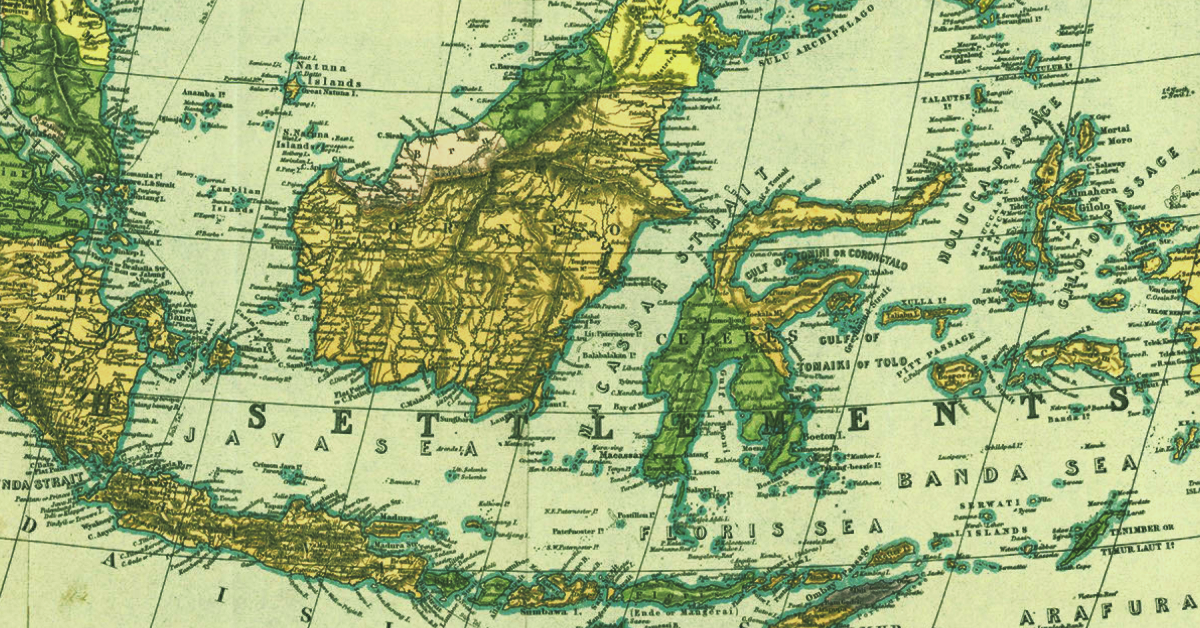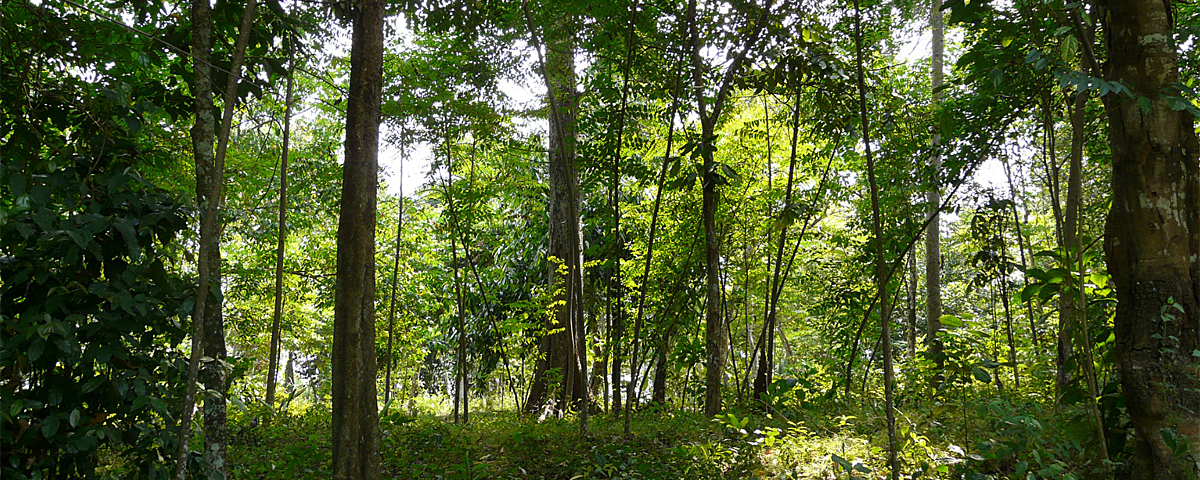Christina L. Truong & Bradley J. McDonnell
Presentation at ICAL 15, 28 June – July 2, 2021
In this study, we investigate the extent to which components of lexical semantics consistently explain the distribution of functions of western Indonesian applicative morphemes (AM) in combination with roots. Using a sample of six western Indonesian languages (Besemah, Indonesian, Sasak, Javanese, Balantak, Sundanese) that contain at least one AM, we compare patterns in function of these across roots that express a set of common meanings. These meanings are selected to represent classes of words with shared semantic components including transfer of possession, e.g. ‘buy’, ‘sell’, application of force, e.g. ‘hit’, locomotion, e.g. ‘walk’, directed motion, e.g. ‘throw’, and sensory perception, e.g. ‘see’, ‘hear’, among others. The meanings of words formed by addition of all available AMs in each of the languages are coded for function and resultant patterns, both those common and variable across the sample are presented.
Download slides ♦ Download abstract








